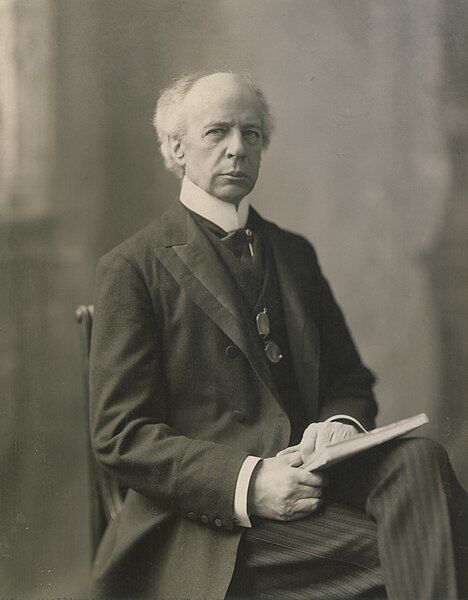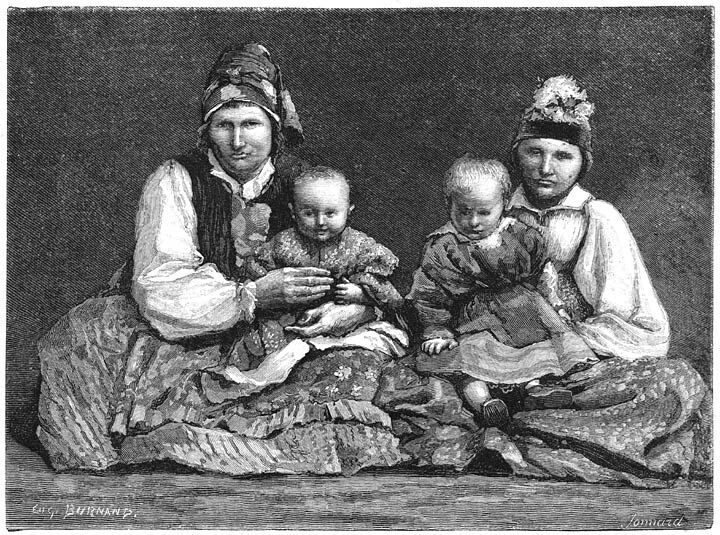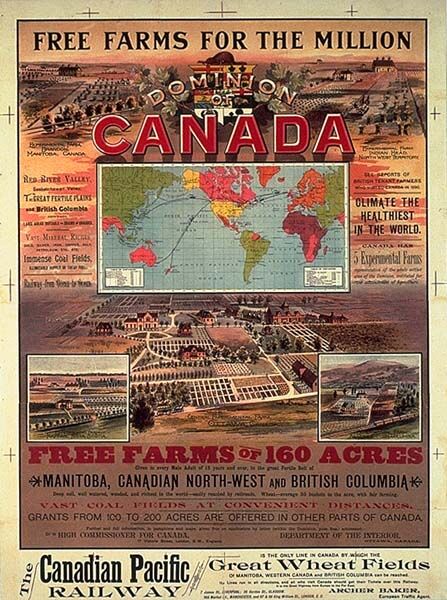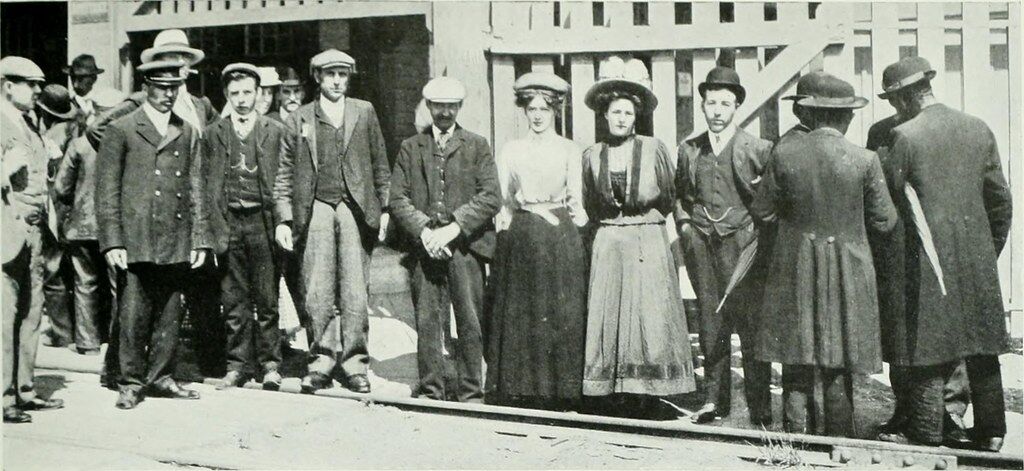Wilfrid Laurier’s government followed the immigration policy, called the National Policy, implemented by John A. Macdonald. Laurier’s federal government wanted to encourage European immigrants to settle in Western Canada. To achieve this, several advertising campaigns were introduced in foreign countries to sell Canada as an option to residents wishing to emigrate.
The immigration wave that Wilfrid Laurier’s government hoped for arrived at the beginning of the 20th century. Within the next 15 years, three million people made their home in Western Canada. The rapid population growth in these previously unsettled areas required new provinces to be created so that the newcomers could govern themselves and receive services. As such, the federal government created Saskatchewan and Alberta in 1905.

Because advertising campaigns were set up in many European countries and all around the world, people who immigrated to Canada came from diverse ethnic backgrounds, and often spoke languages other than English or French.

However, two thirds of immigrants came from the United States or the United Kingdom, two countries with similar cultures to colonial Canadian culture at that time. Some immigrants came from Eastern Europe and Asia as well.
Wilfrid Laurier’s federal government created several strategies to attract potential immigrants to Canada. In particular, the government promised them free land so that they could quickly build a house or a farm. The government also opened several immigration offices to help newcomers with the often complicated process.

The federal government continued to screen its newcomers. For example, American and British immigrants were subject to very few restrictions because they spoke English. At that time, many Canadians had ancestors who immigrated to Canada from the UK and the USA. However, immigrants from other countries such as Ukraine, Russia and especially Asian countries were subject to more restrictions.

The increase in immigration contributed to a rise in xenophobia (fear of individuals from foreign countries). Canadians in the West were not very welcoming and even suspicious of immigrants from countries other than the United Kingdom and the United States. Canadians thought these immigrants came from very different cultures, spoke different languages, practised different religions and dressed differently. This distrust led to violence and many businesses owned by these ethnic groups were vandalized.